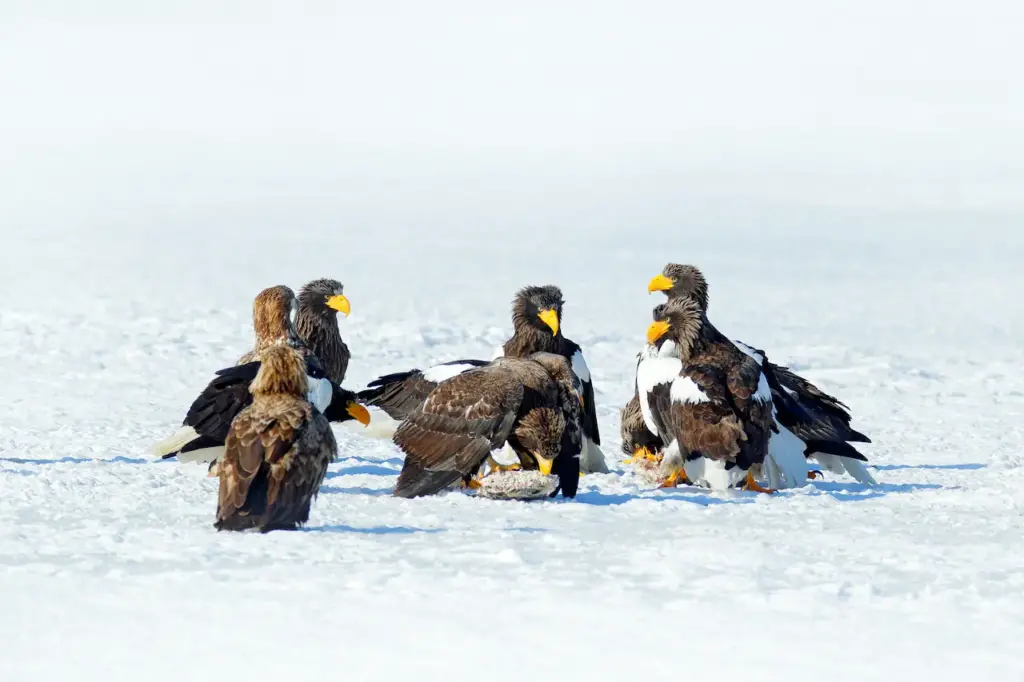American citizens are the collective owners of their nation’s public lands, which amount to about 20 per cent of US territory. But such federal agencies as the Bureau of Land Management (BLM) and the US Forest Service have not always managed those lands in the best interest of all Americans. They’ve often put the interests of the logging, livestock and mining industries above those of the public and the wildlife that the public cherishes. A couple of US congressmen—one a Democrat and the other a Republican—are trying to change all that by making wildlife a main priority on all US public lands. However, they need our help to get it done.

AMERICANS HAVE A CHANCE TO PROTECT WILDLIFE ON THEIR FEDERAL LANDS
Not every All About Wildlife.com reader lives in the US. ( In fact, more than one-quarter of you are from the United Kingdom.) But two-thirds of our visitors who do reside in the United States have a rare opportunity to do something good for the wildlife on their public lands. It’s called America’s Wildlife Heritage Act (H.R. 2807), and it has been in The House of Representatives since June when it was introduced by a bipartisan team of congressmen.
The two conservation-minded congressmen are Rep. Ron Kind, a Wisconsin Democrat, and Rep. Walter Jones, a Republican from North Carolina. But the two congressmen can’t get the bill passed by themselves, which is why an excellent environmental organization called The Wilderness Society is helping to lead an effort to get as many other Congressional representatives as possible to co-sponsor this important piece of legislation. Co-sponsorship is vital because without it the bill is not likely to become law.
What does the America’s Wildlife Heritage Act do? Well, as legislation goes, it’s refreshingly short and to the point. First and foremost, it makes wildlife a top priority on US public lands and requires all managers of public lands to manage them for the “survival and health” of wildlife—especially native wildlife. (As surprising as it may seem, this is NOT what they’ve always, or even most often, done in the past.)
Next, and just as importantly, the Act mandates two important tools to get the job done. The first is ongoing monitoring and evaluation of the health of wildlife populations on public lands. The second is coordination, cooperation and sharing of information among all the agencies that affect the welfare of wildlife on public lands.
But don’t take our word for it. Read the Wildlife Heritage Act for yourself. As we said before, it’s short and sweet.

And then, please, send an e-mail or make a telephone call to your Congressional representative. It doesn’t have to be anything long or elaborate; just something along the lines of:
Dear . . . ,
I highly value the wildlife on our US public lands, and I hope you do as well. I believe that The Wildlife Heritage Act (H.R. 2807), which was introduced in June by Rep. Ron Kind of Wisconsin and Rep. Walter Jones of North Carolina, would do a great deal to promote the survival and health of our cherished American wildlife. I am writing to request that you become a co-sponsor of this important piece of legislation to ensure that The Wildlife Heritage Act becomes the law of the land. Thank you.
Sincerely . . . ,
Or something—or anything—like that. Feel free to cut and paste (and modify) the above if you like.
And, if you’d like an easy way to contact your US Representative (or find out who he or she is), here’s a convenient way to do it.
If you’re from either Wisconsin or North Carolina, please be sure to contact Rep. Kind or Rep. Jones and thank them for sponsoring the bill. They need to know that their constituents have noticed the good work they are doing.
And, by all means, visit the website of The Wilderness Society for more information on this important issue.



